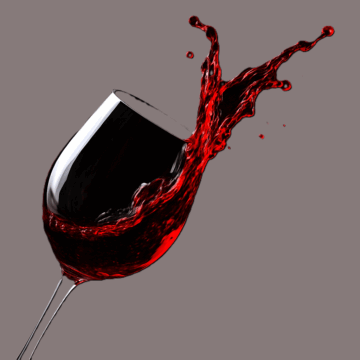by Dwight Furrow
 Wine tasting is a great seducer for those with an analytic cast of mind. No other beverage has attracted such elaborate taxonomies: geographical classifications, wine variety classifications, quality classifications, aroma wheels, mouthfeel wheels, and numerical scores. To taste wine, in this dominant model, is to decode—to fix a varietal essence, to pin down terroir as if it were a stable identity, to judge typicity (i.e. its conformity to a norm) as though it were the highest aesthetic ideal. The rhetoric of mastery in wine culture depends on this illusion of stability: Cabernet must show cassis and graphite, Riesling must taste of petrol and lime, terroir speaks in a singular tongue waiting to be translated.
Wine tasting is a great seducer for those with an analytic cast of mind. No other beverage has attracted such elaborate taxonomies: geographical classifications, wine variety classifications, quality classifications, aroma wheels, mouthfeel wheels, and numerical scores. To taste wine, in this dominant model, is to decode—to fix a varietal essence, to pin down terroir as if it were a stable identity, to judge typicity (i.e. its conformity to a norm) as though it were the highest aesthetic ideal. The rhetoric of mastery in wine culture depends on this illusion of stability: Cabernet must show cassis and graphite, Riesling must taste of petrol and lime, terroir speaks in a singular tongue waiting to be translated.
But I think this way of representing wine is misleading. Wine is not a stable object to be deciphered but a field of shifting relations into which the taster steps (like Heraclitus’s river.) What if its aesthetic force lies not in measuring a wine against its ideal type but in staging tensions, oscillations, and fleeting harmonies that refuse to hold still?
The claim I will develop is that wine is not a fixed bundle of flavors but a dynamic system, always in motion, whose meaning arises through modulation—the way its elements shift and inflect one another; through differential relations—the contrasts that give each element its character; and through synthetic experience—the way these relations come together as a whole unfolding across time. To taste wine well is not to solve a puzzle, but to follow its movement as it reveals itself. Read more »

 If there is one commonly held “truth” that governs conventional wisdom about wine tasting, it is that wine tasting is thoroughly subjective. We all have different preferences, unique wine tasting histories, and different sensory thresholds for detecting aromatic compounds. One person’s scintillating Burgundian Pinot Noir is another person’s thin, weedy plonk. But this “truth” is at best an oversimplification; like a very good Pinot Noir, matters are more complex.
If there is one commonly held “truth” that governs conventional wisdom about wine tasting, it is that wine tasting is thoroughly subjective. We all have different preferences, unique wine tasting histories, and different sensory thresholds for detecting aromatic compounds. One person’s scintillating Burgundian Pinot Noir is another person’s thin, weedy plonk. But this “truth” is at best an oversimplification; like a very good Pinot Noir, matters are more complex.
 The evidence that pairing music with wine can enhance one’s tasting experience continues to mount since
The evidence that pairing music with wine can enhance one’s tasting experience continues to mount since